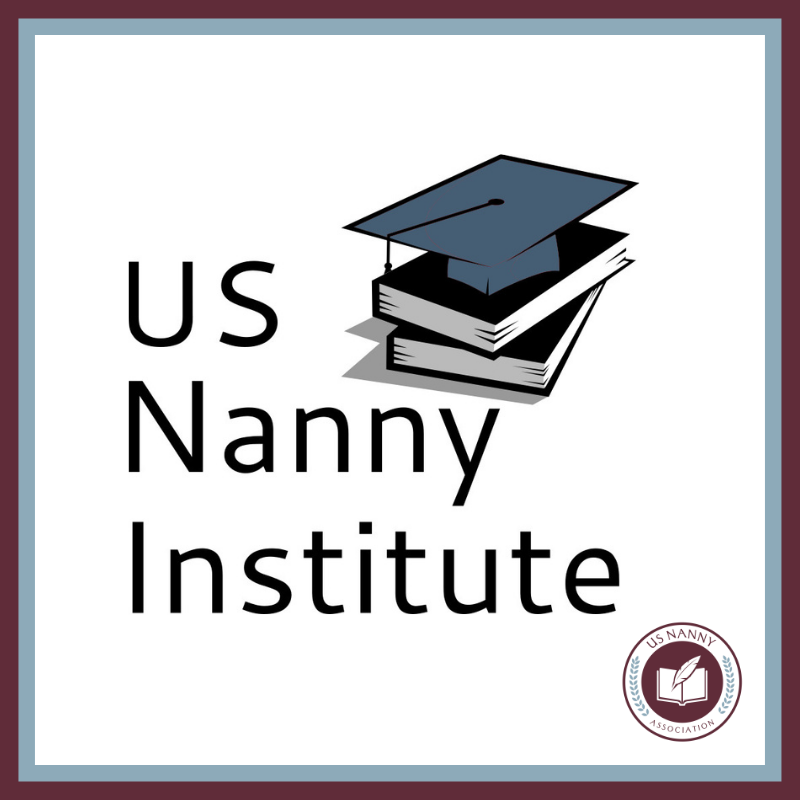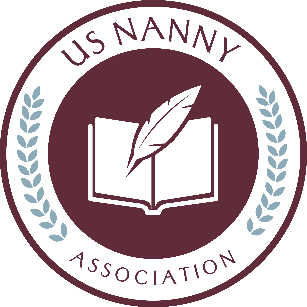From the moment they are born, children are exposed to words, music and sounds. Almost immediately, children start developing oral language skills as they process their environment and bond with parents, siblings, and caregivers.
Newborns learn to speak their native language by hearing others talk. Thus, it’s vital that parents and nannies use correct pronunciation and clearly articulate consonants and vowels when speaking. By focusing on how we speak and choosing to use a variety of words, we can help infants and young children learn to differentiate sounds.
It’s no coincidence that the words for mama and papa are similar in most languages around the world and throughout time. The vowel sound ahh is the easiest to say because it can be made without moving the tongue or lips. To make the sounds /p/, /d/, and /m/, the speaker simply opens and closes their lips. These simpler, natural speech sounds lead to babies babbling the words mama, dada, and papa early on in their development.
Speaking Leads to Reading
Speaking and listening skills gained during the infant, toddler, and preschool years directly impacts a child’s reading. The best predictor of reading readiness is a child’s phonemic awareness. Phonemic awareness is the ability to identify that spoken words consist of a sequence of sounds and the ability to hear, identify, and manipulate individual sounds in spoken words. These sounds are called phonemes and a child’s ability to detect phonemes is a better predictor of reading than intelligence tests.
Knowing the importance of phonemic awareness, how can parents and nannies help children develop it? Children can be taught through simple games that focus on one phoneme at a time. There are 44 phonemes in English and fortunately, children don’t need to be taught every phoneme. As children get used to identifying a small number of phonemes, they will learn to identify the others on their own.
Teaching Phonemic Awareness
Young children will need time and repetition to learn to recognize the phonemes. /b/, /d/, /h/, /m/, /n/ and /p/ are the first sounds children make while /f/, /g/, /k/, /t/, and /w/ usually follow. While there are more phonemes than letters, many parents start with the 26 sounds represented by the alphabet, then and add digraphs such as /ch/, /sh/, and /th/. Vowels and digraphs are more difficult for children to articulate and most vowels aren’t used until infants reach 12 to 18 months old.
Here are several ways to teach young children phonemes.
- Use sound analogies with flashcards that have the word and a picture. The phoneme /a/ in the word ‘cat’ sounds like a baby crying. The phoneme /b/ in the word ‘ball’ sounds like a basketball bouncing.
- Pair a gesture with a sound. For the phoneme /g/ in the word go, pretend you are gulping down a glass of water. For the phoneme /z/ in the word zip, open and close the zipper of a jacket.
- Recite an alliteration. Peter Piper picked a peck of pickled peppers or Ben and Billy baked brown bread for Betty’s birthday.
- Be a detective and find the phoneme in words. Do you hear /m/ in hid or him? Do you hear /l/ in school or sat?
- Blend phonemes together to form words and put the sounds together. Pl-ay says play! M-a-t says mat!
Practicing phonemic awareness with children at an early age will lead to sound associations with letters and eventually reading. These games are fun and easy to implement allowing parents and nannies to positively influence literacy development and have a bit of fun with the children.
The US Nanny Association thanks all the nannies, advocates and business leaders who provide practical tips and insight to elevate our industry. Thank you for sharing your expertise.

Article Author: Chelsea Herndon. Chelsea Herndon earned a Master of Arts in Early Childhood Education and Elementary Education and Educational Specialist in Elementary Education from the University of Alabama at Birmingham. She is a certified teacher in grades pre-school through 6th grade, a previous elementary teacher in Alabama and Washington, DC and currently an instructor at the US Nanny Institute.
